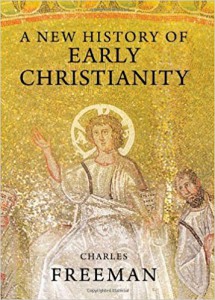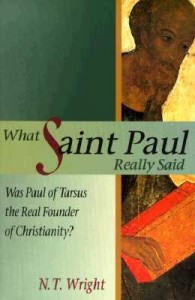ss is to scrub one’s garments and be tamei until sunset, they are tamei for you. The Small Creeping Animals 29 Now these are for you (the) ones tamei among the swarming-creatures that swarm on the earth: the weasel, the mouse, and the great-lizard according to its kind; 30 the gecko, the monitor and the lizard, the sand-lizard and the chameleon. 31 These are (the) ones tamei for you among all the swarming-creatures; whoever touches them when they are dead shall be tamei until sunset, 32 anything upon which one of them should fall when they are dead shall be tamei, whether any vessel of wood or cloth or skin or sackcloth -any vessel that can be used in work- it is to be put through water; it remains-tamei until sunset, then it is pure. 33 And (regarding) any earthen vessel into which one of them falls, within it, everything within it shall be tamei, and it-you are to break (it)! 34 As for any food that might be eaten, should water come in (contact with) it, it shall be tamei; and any beverage that might be drunk, (if) in any vessel, it shall be tamei. 35 Anything (else) on which their carcass falls shall be tamei; an oven or a two-pot-stove is to be demolished- they are tamei, they shall remain tamei for you. 36 However, a spring or a cistern (for) gathering water shall remain pure, but one who touches their carcass shall be tamei. 37 Now if (part) of their carcass falls upon any sowing seed that is to be sown, it remains-pure. 38 But if water is put on the seed and (part) of their carcass falls on it, it is tamei for you. 39 If there should die one of the animals that are (permitted) to you for eating, one who touches its carcass shall remain-tamei until sunset. 40 One who eats from its carcass is to scrub his garments, remaining-tamei until sunset, one who carries its carcass is to scrub his garments, remaining-tamei until sunset. 41 Any swarming-creature that swarms upon the earth: it is a detestable-thing, it is not to be eaten. 42 Anything going about on its belly, anything going about on all fours, up to anything with many legs, among all swarming-creatures that swarm upon the earth: you are not to eat them, for they are detestable-things! 43 Do not make yourselves detestable through any swarming-thing that swarms; you are not to make yourselves tamei through them, becoming tamei through them!
Dr. Jordan Rubin’s book The Maker’s Diet simplifies it for us:
Permissible: The meat of animals with a cloven or split hoof that also chew the cud can be eaten. This includes cows, goats, sheep, oxen, deer, buffalo, and so forth.
Not Permitted: Avoid animals such as the camel, that chew the cud but do not have cloven or split hooves. This includes, but is not limited to horses, rats, skunks, dogs, cats, squirrels, and possums. Do not eat swine (pigs). They have divided hooves, but they do not chew the cud. . . In fact, pigs are so unclean that God warns us not to even touch the body, meat, or carcass of a pig.
The Hebrew words used to describe “unclean meats” can be translated as “foul, polluted, and putrid.” The same terms were used to describe “human waste” and other disgusting substances.
Fish: Eat any fish with fins and scales but avoid fish or water creatures without them. Those to avoid include smooth-skinned species such as catfish or eel and hard-shelled crustaceans such as crab, lobster, or clams.
Birds: Birds that live primarily on insects, grubs, or grains are considered clean, but avoid birds or fowl that eat flesh (whether caught live or carrion). They are unclean. Now why does the Creator of all these living creatures specify what is food for human consumption, why go to such details defining what is food? Why not? He cares that humans will be healthy and live a quality of life. Is this diet just for His people, the Israelites? Well, what’s good for the Jew is good for the Gentile, right? What’s bad for the Jew is bad for the Gentile, right? Aren’t we all humankind?
44 For I YHVH am your God: you are to hallow yourselves and be holy, for holy am I; you are not to make yourselves tamei through any swarming-creature that crawls about upon the earth. 45 For I am YHVH, the one bringing you up from the land of Egypt, to be God to you; you are to be holy, for holy am I! 46 This is the Instruction for animals, fowl and all living beings that stir in the water, all beings that swarm upon the earth, 47 that there may be-separation between the tamei and the pure, between the living-creatures that may be eaten and the living-creatures that you are not to eat. NSB@S6K

